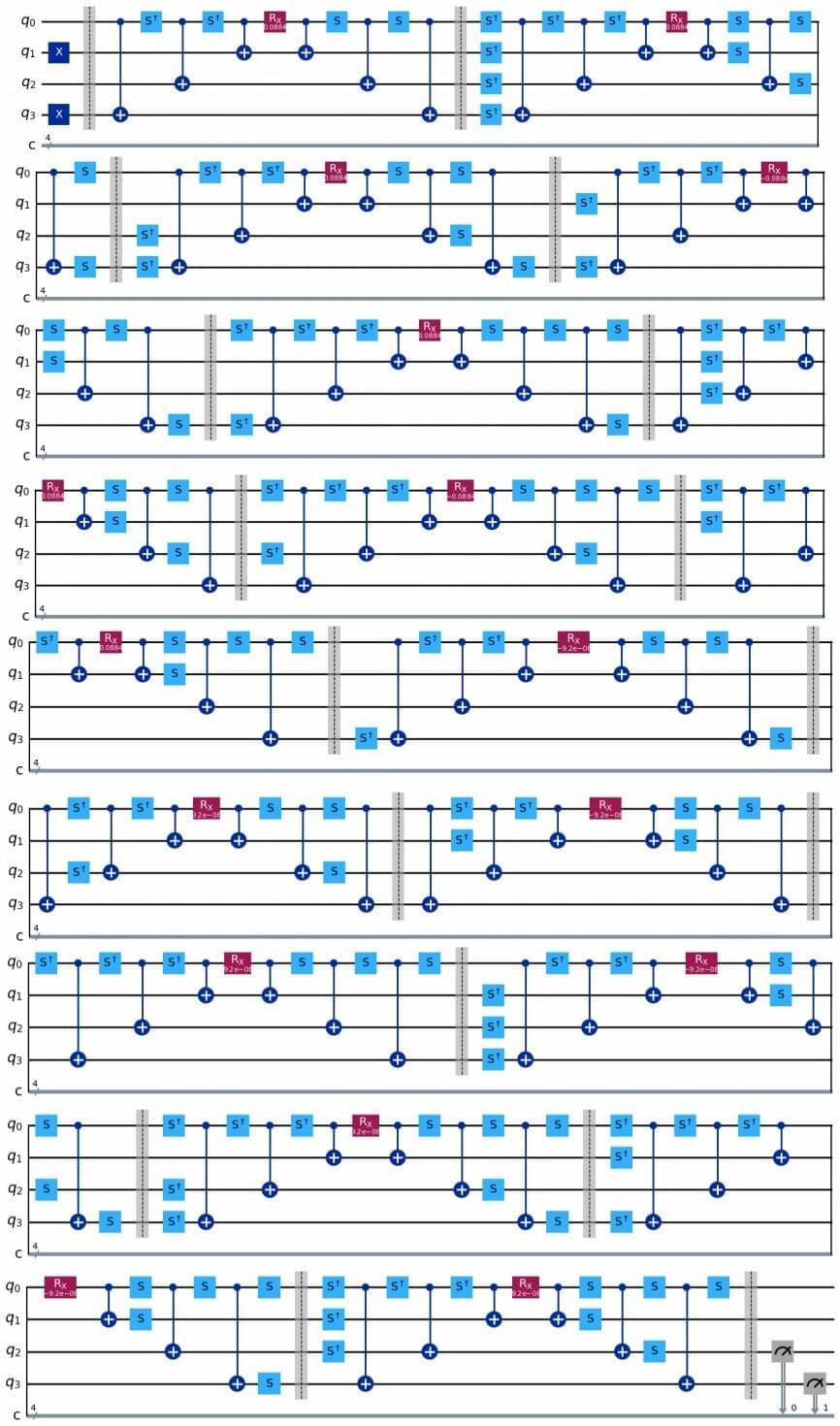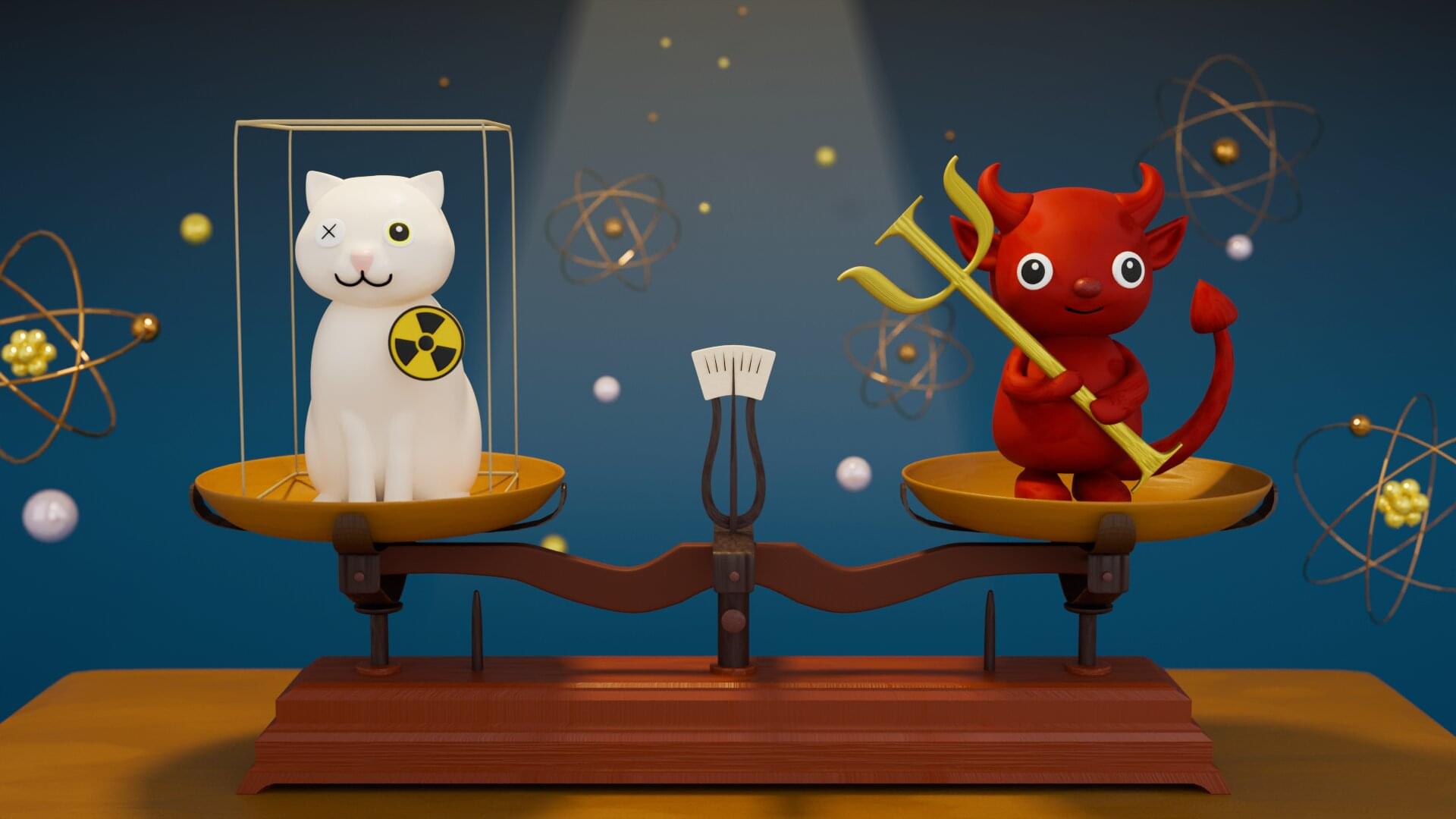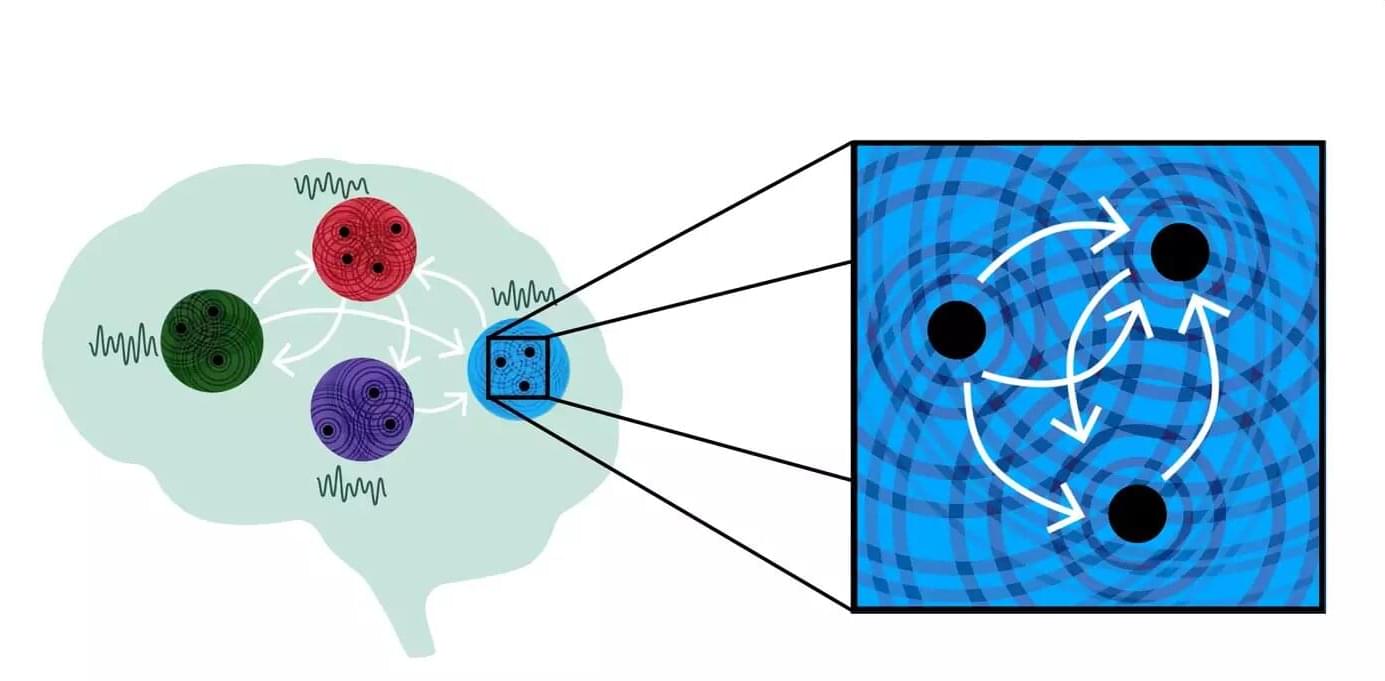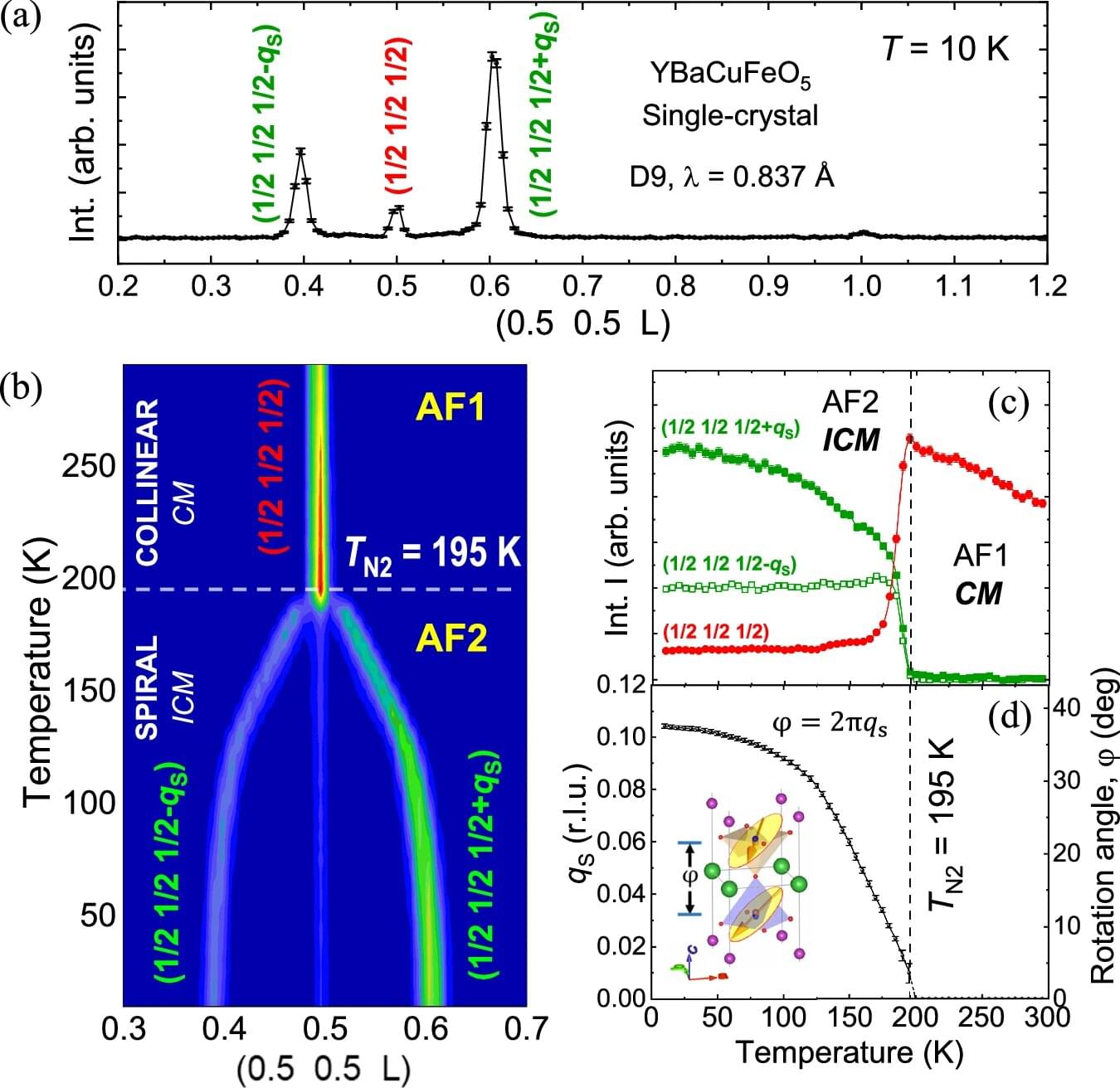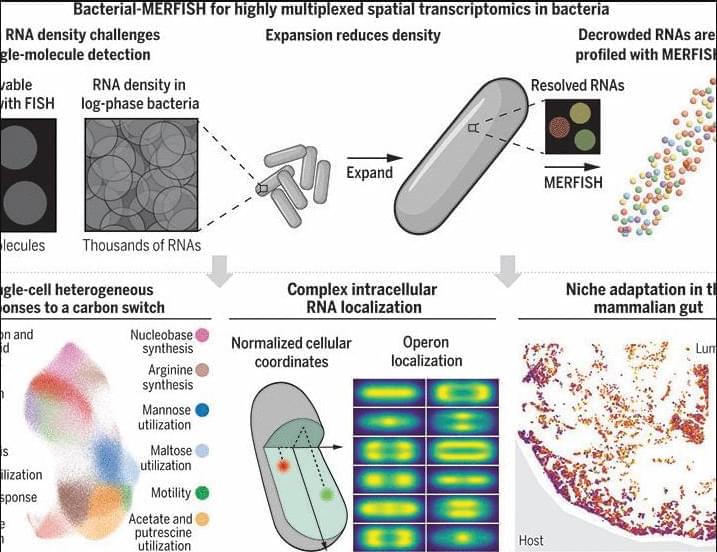A new study published in Scientific Reports simulates particle creation in an expanding universe using IBM quantum computers, demonstrating the digital quantum simulation of quantum field theory for curved spacetime (QFTCS).
While attempts to create a complete quantum theory of gravity have been unsuccessful, there is another approach to exploring and explaining cosmological events.
QFTCS maintains spacetime as a classical background described by general relativity, while treating the matter and force fields within it quantum mechanically. This allows physicists to study quantum effects in “curved spacetime” without needing a complete theory of quantum gravity.
